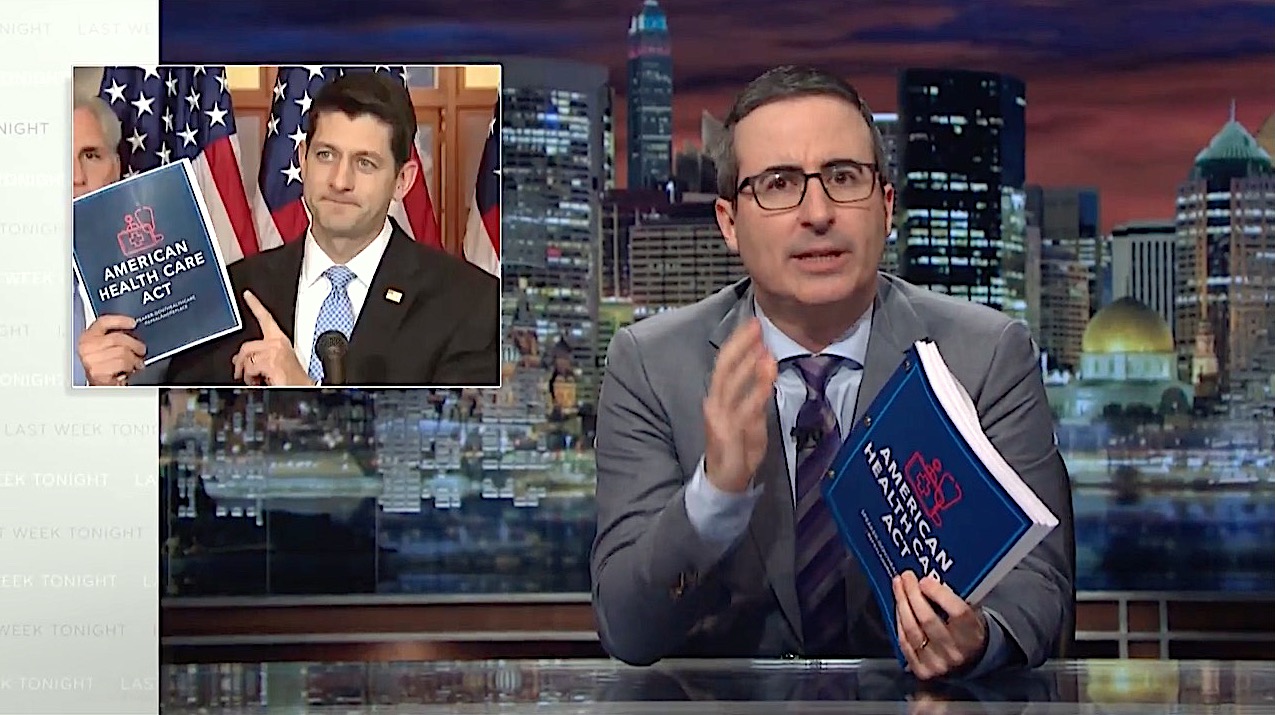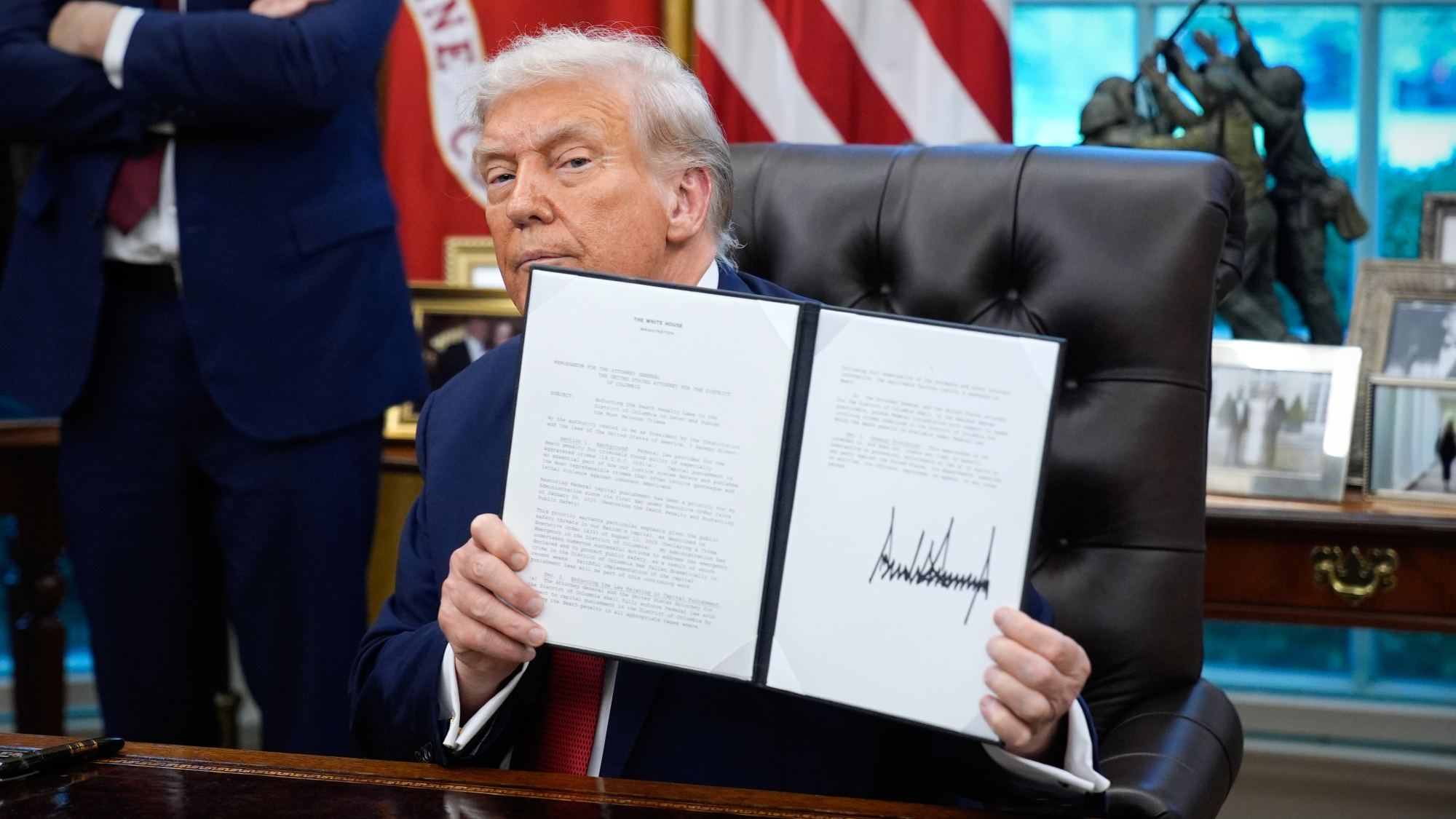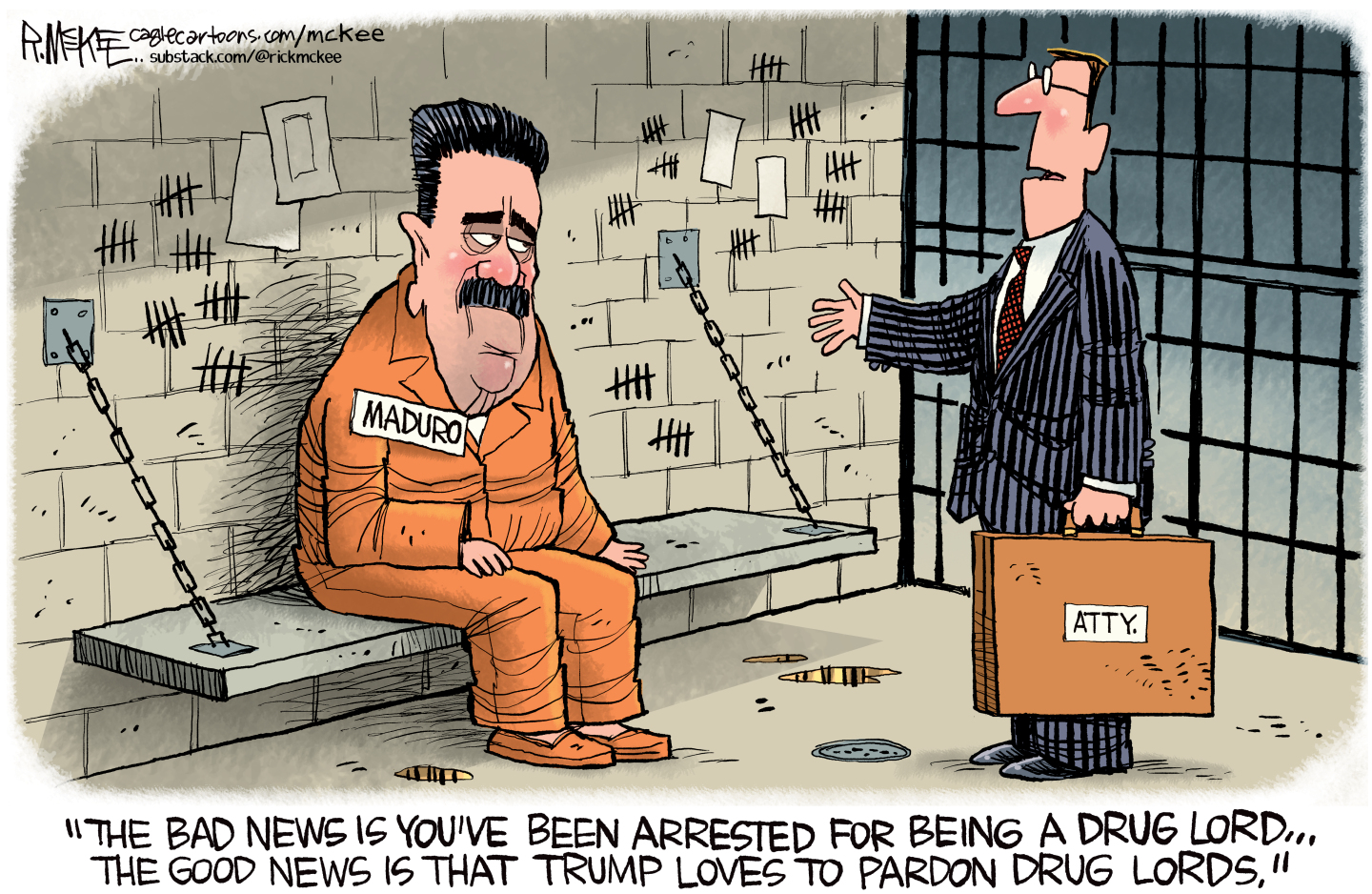John Oliver warns America, especially President Trump, that the GOP health-care bill might actually pass


"It's finally here, the American Health Care Act," John Oliver said on Sunday's Last Week Tonight, laying out the cons of the Republican replacement for the Affordable Care Act. "You may not have wanted it, it looks awful, but it's here anyway. Try and think of it as the legislative equivalent of Pirates of the Caribbean 5: The Curse of Johnny Depp Getting Divorced and Needing the Money. And as will be the case with that movie, the early reviews of this thing have been rough."
"Essentially, people on both sides see the AHCA as just being sh--ty ObamaCare, the way Old Navy is a sh--ty version of the Gap," Oliver explained. But despite opposition from the left, right, and health-care groups, "this bill is not actually dead on arrival. There is still a chance it could become law. So given that, we need to take a look at what is actually inside this thing." He started with the difference between ObamaCare's subsidies and TrumpCare's tax credits, then moved on to the "really vicious" cuts to Medicaid — the part that House Speaker Paul Ryan is "creepily enthusiastic" about, Oliver said. "Millions of the poorest Americans will lose coverage — millions."
The people hurt by the bill includes a group that voted overwhelmingly for President Trump — "which is pretty frustrating," Oliver said. "It's like if the people of Pompeii voted for the volcano." In fact, "if this bill is bad for older Americans, poor Americans, and many Trump supporters, and all these groups oppose it, who exactly is it for?" he asked. The rich would get a tax cut, and the very rich would get a really big tax cut.
The Week
Escape your echo chamber. Get the facts behind the news, plus analysis from multiple perspectives.

Sign up for The Week's Free Newsletters
From our morning news briefing to a weekly Good News Newsletter, get the best of The Week delivered directly to your inbox.
From our morning news briefing to a weekly Good News Newsletter, get the best of The Week delivered directly to your inbox.
Oliver didn't mention Trump for the first 11 minutes, because "Trump has been noticeably distant from this whole process — and perhaps nothing shows that more than how this bill is being branded," he said "Trump is not clamoring to put his name on this bill, and he's put his name on some of the sh--tiest products in human history." Still, "I can kind of understand Trump not wanting his name on this — it contains almost nothing that he promised," Oliver said. "Somebody needs to explain this to him, and since he is still clearly watching Fox & Friends, we might actually be able to help here." You can watch his new ad below — though be warned, there is NSFW language throughout the segment. Peter Weber
A free daily email with the biggest news stories of the day – and the best features from TheWeek.com
Peter has worked as a news and culture writer and editor at The Week since the site's launch in 2008. He covers politics, world affairs, religion and cultural currents. His journalism career began as a copy editor at a financial newswire and has included editorial positions at The New York Times Magazine, Facts on File, and Oregon State University.
-
 TikTok secures deal to remain in US
TikTok secures deal to remain in USSpeed Read ByteDance will form a US version of the popular video-sharing platform
-
 Unemployment rate ticks up amid fall job losses
Unemployment rate ticks up amid fall job lossesSpeed Read Data released by the Commerce Department indicates ‘one of the weakest American labor markets in years’
-
 US mints final penny after 232-year run
US mints final penny after 232-year runSpeed Read Production of the one-cent coin has ended
-
 Warner Bros. explores sale amid Paramount bids
Warner Bros. explores sale amid Paramount bidsSpeed Read The media giant, home to HBO and DC Studios, has received interest from multiple buying parties
-
 Gold tops $4K per ounce, signaling financial unease
Gold tops $4K per ounce, signaling financial uneaseSpeed Read Investors are worried about President Donald Trump’s trade war
-
 Electronic Arts to go private in record $55B deal
Electronic Arts to go private in record $55B dealspeed read The video game giant is behind ‘The Sims’ and ‘Madden NFL’
-
 New York court tosses Trump's $500M fraud fine
New York court tosses Trump's $500M fraud fineSpeed Read A divided appeals court threw out a hefty penalty against President Trump for fraudulently inflating his wealth
-
 Trump said to seek government stake in Intel
Trump said to seek government stake in IntelSpeed Read The president and Intel CEO Lip-Bu Tan reportedly discussed the proposal at a recent meeting


